Which of the four arrangements in the figure correctly shows the vector addition of two forces →F1 and →F2 to yield the third force →F3




The correct Answer is:C
It form parallelogram and triangle. (Law of vector addiction).

Topper's Solved these Questions
- BOOK - ERRORLESSCHAPTER - NEWTON'S LAWS OF MOTIONEXERCISE - NCERT BASED QUESTION (MOTION OF CONNECTED BODIES)22videos
NEWTON'S LAWS OF MOTION
- BOOK - ERRORLESSCHAPTER - NEWTON'S LAWS OF MOTIONEXERCISE - PAST YEARS QUESTIONS14videos
NEWTON'S LAWS OF MOTION
- BOOK - ERRORLESSCHAPTER - NEWTON'S LAWS OF MOTIONEXERCISE - NCERT BASED QUESTION (CONSERVATION OF LINEAR MOMENTUM AND IMPULSE)29videos
NEWTON'S LAWS OF MOTION
- BOOK - ERRORLESSCHAPTER - MOTION IN TWO DIMENSIONEXERCISE - ASSERTION & REASON19videos
MOTION IN TWO DIMENSION
- BOOK - ERRORLESSCHAPTER - ROTATIONAL MOTIONEXERCISE - Assertion & Reason25videos
ROTATIONAL MOTION
Similar Questions
Which of the figure's six arrangements correctly show the vector addition of forces →F1 and →F2 to yield the third vector, which is meant to represent their net force →Fnet ?
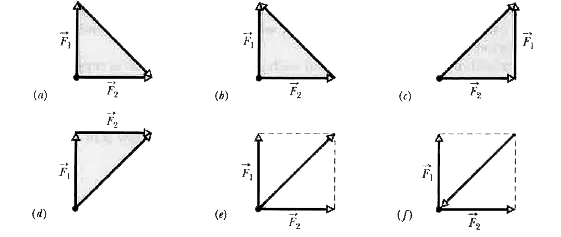 View Solution
View SolutionThe figure shows an overhead view of a meter stick that can pivot about the point indicated, which is to the left of the stick's midpoint. Two horizontal forces, →F1and→F2, are applied to the stick. Only →F1 is shown. Force →F2 is perpendicular to the stick and is applied at the right end. If the stick is not to turn, (a) what should be the direction of →F2, and (b) should F2 be greater than, less than, or equal to F1?
 View Solution
View Solution
Knowledge Check
- Question 1 - Select One
Which of the four arrangements in the figure correctly shows the vector addition of two forces F1 & F2 to yield the third force F3?
A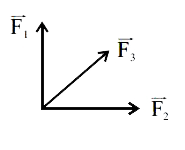 B
B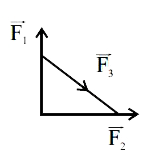 C
C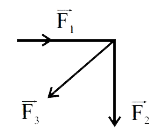 D
D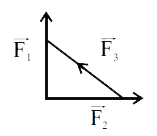
- Question 2 - Select One
The resultant of the forces →F1=4ˆi−3ˆj and →F2=6ˆi+8ˆj is
A5√5B10ˆi−5ˆjC125D−2ˆi−3ˆj - Question 3 - Select One
A body is at rest under the action of three forces, two of which are →F1=4ˆi,→F2=6ˆj, the third force is
A4ˆi+6ˆjB4ˆi−6ˆjC−4ˆi+6ˆjD−4ˆi−6ˆj
If the four forces as shown are in equilibrium Express →F1&→F2 in unit vector form.
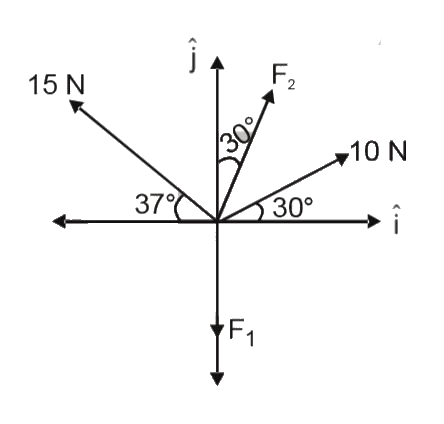 View Solution
View SolutionIf the four forces as shown are in equilibrium Express →F1&→F2 in unit vector form.
 View Solution
View Solution_E01_076_Q01.png)
In the given figure L=1 metre if total gravitational force on 4 kg mass is verF1 and on 2 kg mass is →F2 then find out the ratio of ∣∣∣→F2→F2∣∣∣View SolutionTwo forces →F1=(3N)ˆi−(4N)ˆj and →F2=−(1N)ˆi−(2N)ˆj act on a point object. In the given figure which of the six vectors represents →F(1) and →F2 and what is the magnitude of the net forces
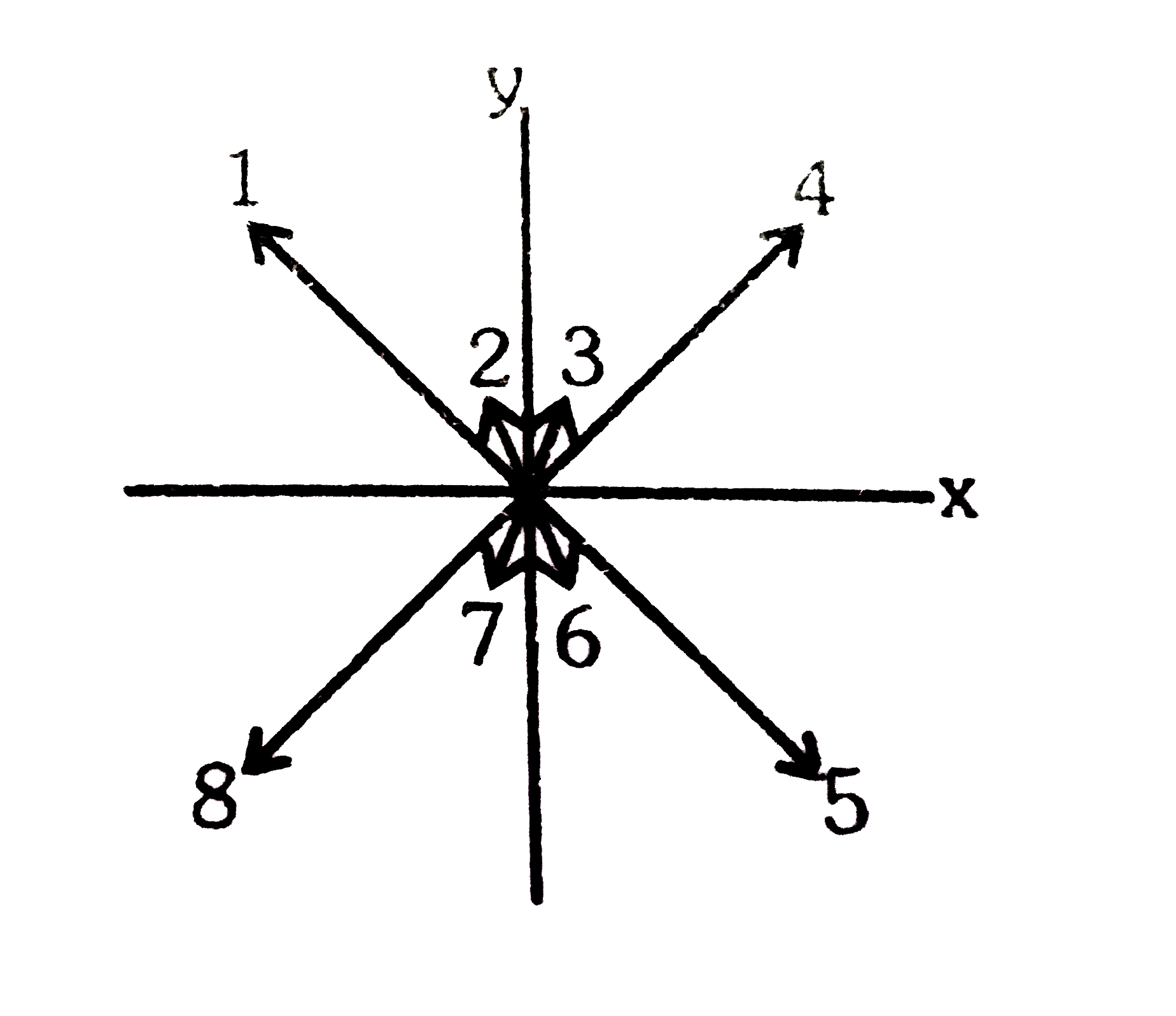 View Solution
View SolutionTwo forces →F1and→F2 are acting at right angles to each other, find their resultant ?
View Solution

